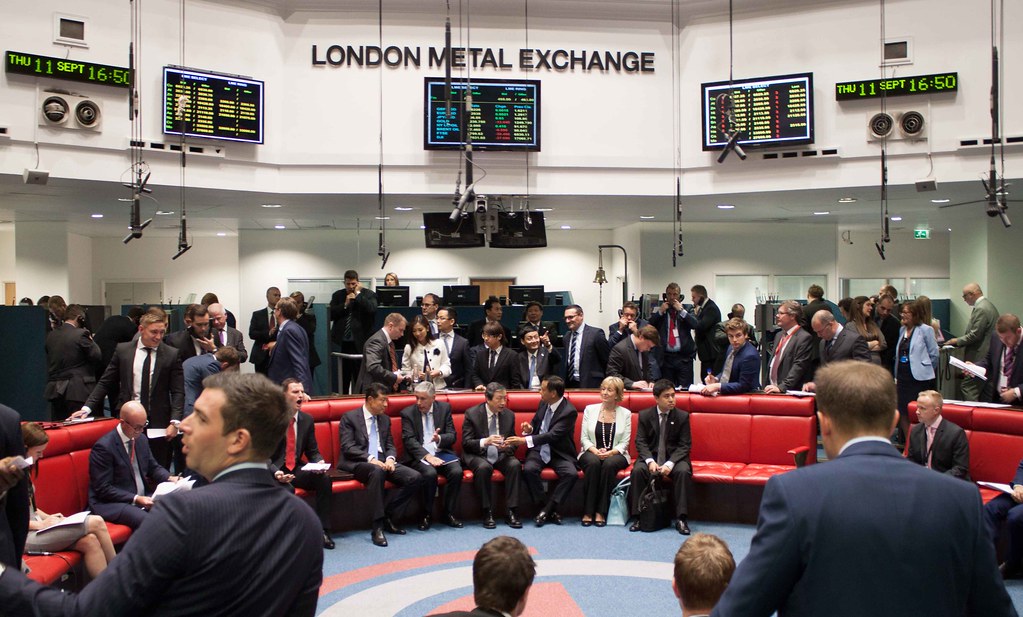The View from England: Mining’s Royal lesson

Let’s be honest, it comes as no surprise that bullying, racism and sexism can be found amongst miners. What is shocking in the recently released Rio Tinto workplace report is the pervasive nature of the abuse. Just when you thought our industry’s public image couldn’t get any worse, it did.
The only comfort comes from the spotlight this month on the most famous woman in the world, who has shown how the popularity of even a deeply unfashionable institution can be improved.
She is famously discrete in her opinions and has never given an interview to the press. You don’t need to be a monarchist to admire Queen Elizabeth II, who on February 6, without fuss, celebrated 70 years on the throne of the United Kingdom and 14 other Commonwealth realms. Like her namesake, Elizabeth I (the daughter of Henry VIII and Anne Boleyn), who reigned 1558 to 1603, the Queen came to the throne at the age of only 25.
England (as a unified, identifiable country) has had 61 monarchs (starting with Egbert in 827) with an average tenure of 20 years. The Queen has already ruled for seven years longer than Queen Victoria, and her reign has incorporated 14 U.S. presidents and 15 British prime ministers (Tony Blair was the first to have been born during her time on the throne, in May 1953).
Apart from Victoria, who died in 1901, only three British monarchs reigned for more than 50 years; Henry III, Edward III and George III, who died in 1272, 1377 and 1820, respectively. The shortest reign was Lady Jane Grey’s nine days in July 1553 (she was beheaded seven months later).
The Queen is also amongst the wealthiest women in the world. She has little control over her assets, however, which include sundry castles, vast crown estates, over 7,000 paintings, a rather nice jewellery collection (including the 530 carat Cullinan I diamond) and most of the country’s swans (claimed by the crown since the 12th century).
The British are ever pragmatic, and the Platinum Jubilee celebrations are being delayed until better weather. A four-day holiday will start with beacons being lit across the Commonwealth on Thursday, June 2 (the date of the Queen’s coronation in 1953).
The Queen’s 70th anniversary came less than a week after the publication of a report by Rio Tinto into its workplace culture. The report, based on a survey of some 10,000 Rio Tinto staff, outlined “systemic” bullying, racism and sexism across the company’s global operations.
The report’s revelations included testimony of sexual harassment at work from almost one-third of the company’s female employees, including 21 reports of rape or sexual assault over the past five years. Almost half of Rio Tinto’s employees reported bullying, with racism also prevalent.
The report contained accounts of female workers being verbally abused, with accusations of aggressive sexual behaviour being ignored amidst a “hyper masculine” culture at Rio Tinto’s mines. Jakob Stausholm, who was appointed as the company’s chief executive a year ago, described himself as feeling “shame and enormous regret” at having learned the extent to which bullying, sexual harassment and racism were happening at Rio Tinto.
The Rio Tinto revelations come ahead of a report by the West Australia government later this year on sexual harassment at mining camps in the state. Submissions to the inquiry last year said sexual harassment was rife at fly-in/fly-out mining camps. Moreover, a sexual abuse inquiry in 2020 by the Australian Human Rights Commission found that almost three-quarters of women in the mining industry had experienced some form of sexual harassment in the past five years.
The Mining Association of Canada has reacted by announcing plans to introduce measures that will “propel” its members to be “more transparent” on issues like sexual harassment and discrimination by the end of this year. The association is developing an Equity, Diversity and Inclusion protocol as part of its existing ‘Toward Sustainable Mining’ program.
We can all agree that creating a safe, respectful work culture will encourage people of all backgrounds and diversity to thrive in our industry. Environmental, social and governance issues have been at the forefront of business decision making in recent years. Until now it seemed that the ‘S’ of ESG was mainly outward looking; at the third parties impacted by our mining operations. A reset is clearly required, more management time needs to be directed towards the behaviour of our own workforce.
We must also redouble our efforts on repairing the public’s image of mining. In this regard, we can learn from Queen Elizabeth II’s almost single-handed improvement in the popularity of the monarchy. Britain no longer rules the waves or its troops roam the globe, but the Queen’s demeanour has breached frontiers. Her stoicism, long-term endeavour, devotion to duty and belief in common decency could usefully be absorbed by mining leaders as they seek to restore faith in our own institutions.
— Dr. Chris Hinde is a mining engineer and the director of Pick and Pen Ltd., a U.K.-based consulting firm he set up in 2018 specializing in mining industry trends. He previously worked for S&P Global Market Intelligence’s Metals and Mining division.
(This article first appeared in The Northern Miner)
More News
LME looks to curb big bets as energy trader billions rock metals
May 16, 2025 | 10:16 am
Gold miners’ Q1 2025 fundamentals
This sector has never witnessed such an epic fundamental backdrop.
May 16, 2025 | 09:51 am
{{ commodity.name }}
{{ post.title }}
{{ post.date }}



Comments